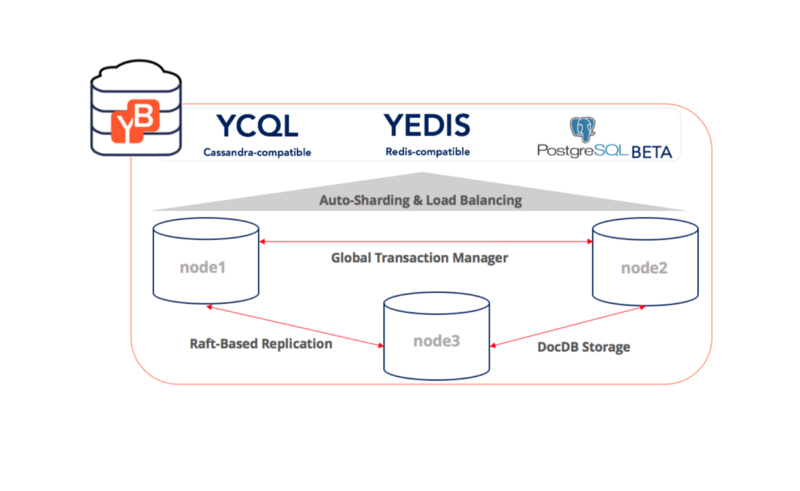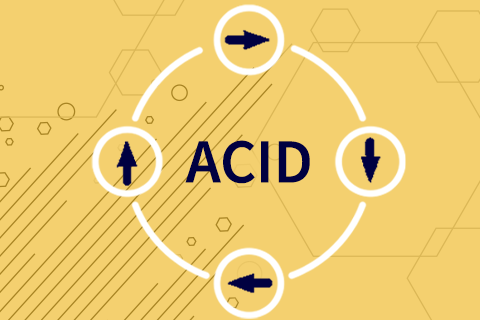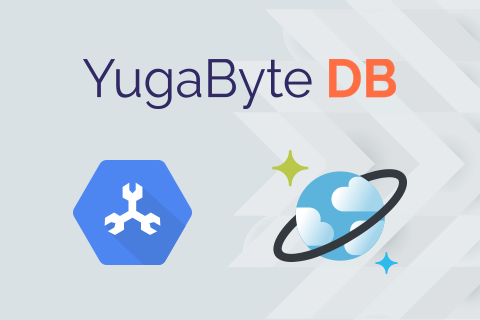YugabyteDB 1.0 — A Peek Under The Hood
Modern user-facing apps, like E-Commerce and SaaS, frequently require features from multiple databases (broadly — SQL, NoSQL and a cache) to support their multi-workload needs. App developers are responsible for understanding and managing which pieces of data should be stored in which SQL and NoSQL database. Furthermore, the app is also responsible for moving data across the tiers (e.g. populating the cache on reads and invalidating it on writes). This greatly increases development and operational complexity,
…



